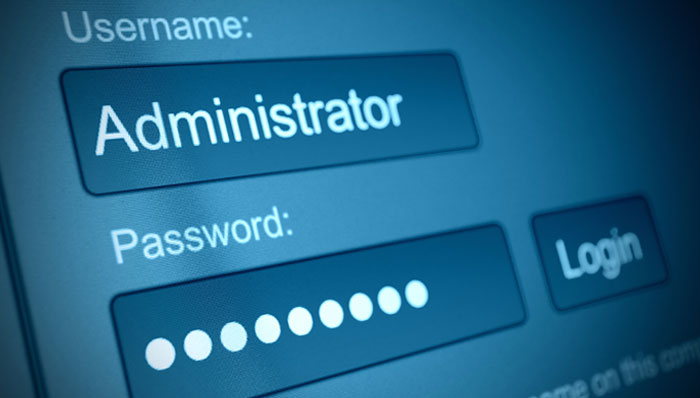If you really care about your loved ones, the time to organize your passwords is now and — not tomorrow, not next week, not next month, but TODAY! Here’s the new & improved 2024 guide to how to organize your password & auto-pay lists.
With this in mind, I can honestly say that the two most important lists you need to create are: a detailed password/user name list AND a list of all the accounts you have on autopay. This article will help you learn how to organize your password and auto-pay lists.
As morbid as it sounds, I like to think that I’m “death ready.” We all know we’re only here for a short vacation, so why not be as organized as possible before we die so that those who love us (or pretend to do so), will have an easier time settling our affairs once we’re gone?
I can’t begin to tell you how many times I’ve joked with the executor of my will, telling her it won’t take more than a day to sort through my papers and close out all of my accounts when it’s my time to depart this earth. I’ve even gone so far as to have her as a co-signor on my safety deposit box.
How many people reading today’s column have experienced what it’s like to try and close down a loved one’s accounts only to realize you don’t have his/her passwords and user names? As if it’s not hard enough to deal with all the tasks that have to be done when someone dies, right? The time to organize your password & auto-pay lists is today.
After my mother passed away in March of last year, it was my job to close out her mobile and Apple accounts. What should have been a relatively easy task caused me many sleepless nights. When I finally found her Apple ID and password — printed on a label attached to the bottom of her keyboard — I Was relieved beyond belief.
If you don’t already know it, I’m telling you now: Unless you have the Apple ID (i.e., the account used to access all things Apple, typically an email address) AND the password associated with the account, you’re up the proverbial creek. (For those readers using an Android device, Google has similar safety measures in place.)
Of course, there’s always a paddle nearby to get you up river, but trust me, the process of getting Apple to assign a new user name and password is so frustrating that most people simply give up.
Most of us depend upon a variety of password programs, but it should be noted that they are not infallible; in fact, the number of password managers hacked in the past five years is too many to list here.
And here’s another thing to think about: In the past, you needed a thumbprint in order to open your phone; now everything is based on face recognition. The issue here is that face recognition won’t work if the person’s dead, right?
Setting up a password and user name list isn’t that difficult, but it is quite a laborious task. If you’re familiar with Excel, that’s the easiest way to create — and update — the information. Be sure to include: the company name, password, user name and answers to any security questions. I also like to include an URL address and toll-free telephone number, if available.
You’ve heard it before, so forgive me for repeating the obvious, but using the same password, or close derivation of said password, is not only a not-so-smart thing to do, but also an unsafe practice.
If you don’t have an autopay list, it’s not too difficult to create one, but it is, to say the very least, a time-consuming task, not to mention an eye-opening one (as in how many companies have access to your credit card and/or checking account). This article will show you how to organize your password & auto-pay lists.
Creating an autopay/auto-deposit list is pretty simple, but again, it takes time and a lot of patience. First you will need to carefully review every single bank and credit card statement for the past 12 months, looking for any and all entries that are either a reoccurring withdrawal or deposit (ex: annuities). Automatic transactions range from monthly to quarterly to annual (i.e., Costco and Amazon Prime memberships).
Once you’ve established what’s on autopay or automatic deposit, you’ll need to list all of the various accounts, including: the company name, account number, telephone number and URL address. It’s also important to list what method of autopay is used and from what account. Listing the date of withdrawal or deposit is important, as well as the date and amount that the transactions typically take place.


Recent Comments